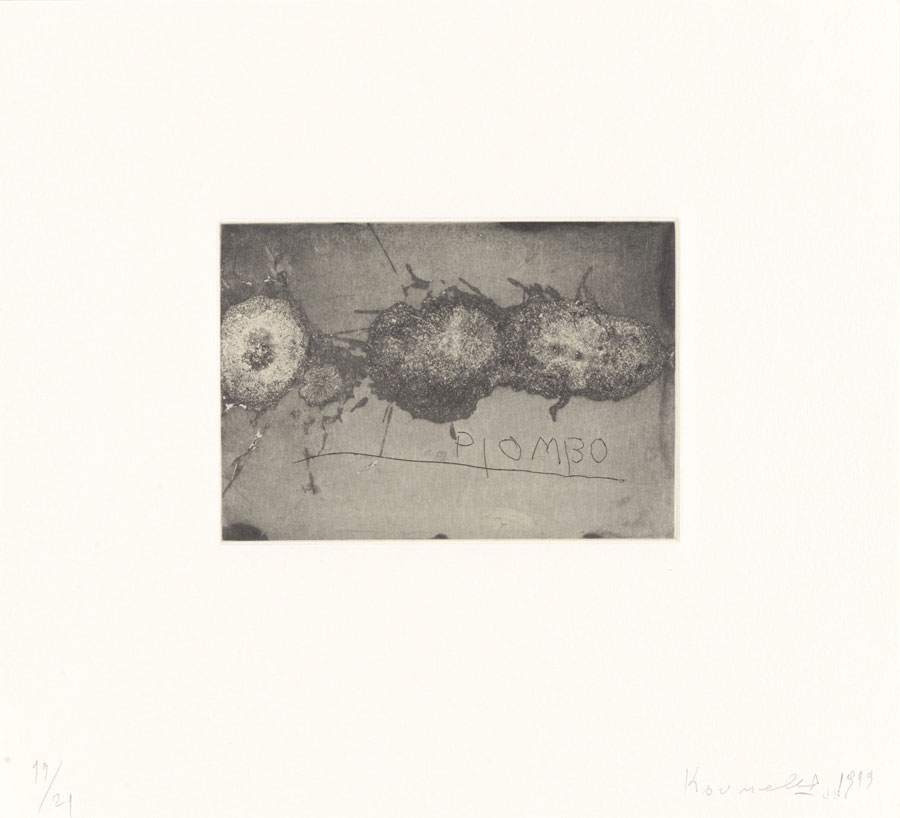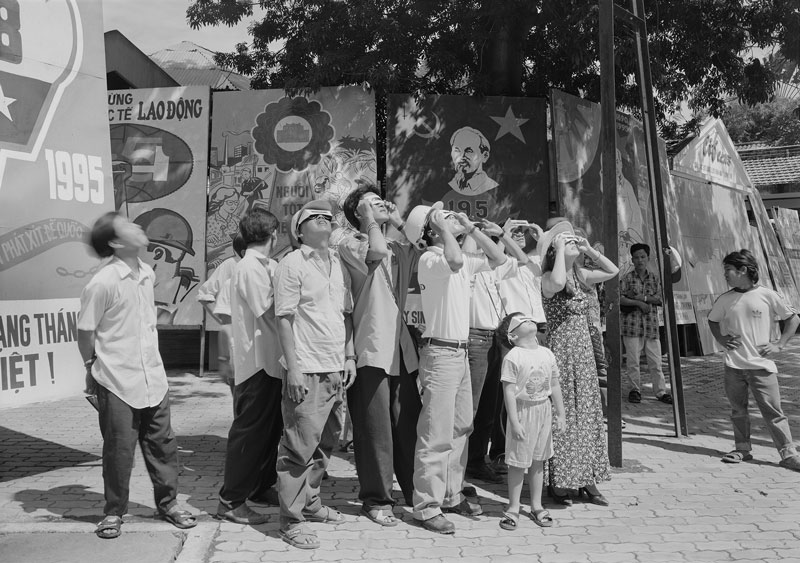The Renaissance Northern Lights at the Städel

From 2 November 2023 to 18 February 2024, the Städel Museum presents “Holbein and the Renaissance in the North”, a comprehensive overview of the development of Northern European art from the late Gothic period to the beginning of the modern age.
Source: Städel Museum · Image: Hans Holbein the Elder, “Resurrection” (Belongs to Inside of the Outer Wings of the High Altar of the Dominican Church in Frankfurt), 1501
Along with Albrecht Dürer, Hans Holbein the Elder and Hans Burgkmair the Elder are regarded as pioneers of a new art: Renaissance painting. The centre of this art was the imperial and commercial metropolis of Augsburg, which within a few decades developed into the capital of both the German and international Renaissance. With the works of Hans Holbein the Younger, art from Augsburg finally became known throughout Europe. Now, the Städel Museum is devoting a major special exhibition to this turning point in the history of art, bringing together outstanding loans from Europe’s most important museums. For the first time in more than ten years, Hans Holbein the Younger’s major work, the “Madonna of the mayor Jacob Meyer zum Hasen” (1526–1528, Würth Collection, Künzelsau), can be seen again in Frankfurt
At the beginning of the sixteenth century, Augsburg experienced a cultural and economic boom. This was due to a number of factors: the art patronage of internationally active banking and trading families such as the Fuggers and the Welsers, the many stays of Emperor Maximilian I, and the frequently convening Imperial Diets. Augsburg was characterised by a particularly open-minded climate in which positions of Renaissance art influenced by Italian humanist culture were tested. In addition to Albrecht Dürer, the pioneers included fellow artists and rivals Hans Holbein the Elder (c. 1460/70–1524) and Hans Burgkmair the Elder (1473–1531). In their art, they pursued new and very different paths: While Holbein primarily focused on the innovations of Dutch painting since Jan van Eyck, Burgkmair was inspired by Italian art. Both artists are representative of the different stylistic possibilities of Renaissance painting, which also inspired other artists in Augsburg during this period to varying degrees. The influence of this art on the next generation of artists can be seen in the works of Hans Holbein the Younger, who further developed the positions established in Augsburg and, with his work, spread them throughout Europe
Follow us on:


